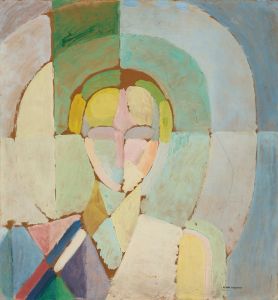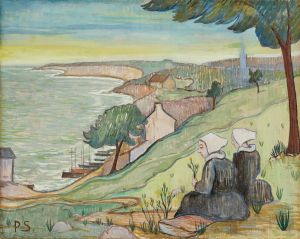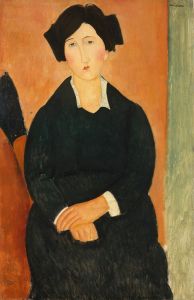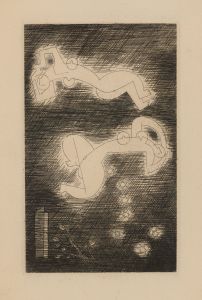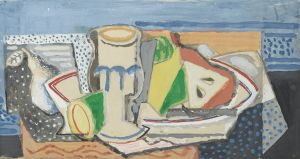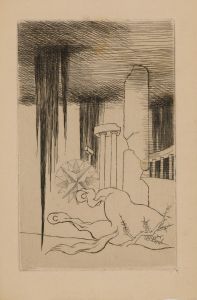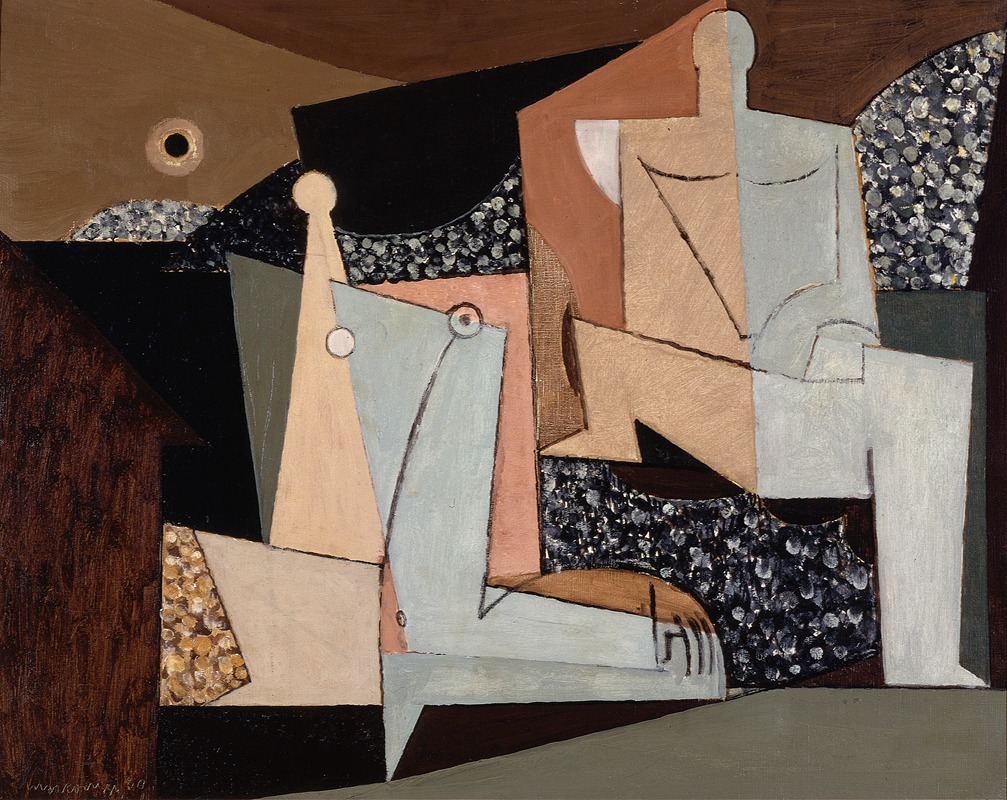
Figures on a Beach
A hand-painted replica of Louis Marcoussis’s masterpiece Figures on a Beach, meticulously crafted by professional artists to capture the true essence of the original. Each piece is created with museum-quality canvas and rare mineral pigments, carefully painted by experienced artists with delicate brushstrokes and rich, layered colors to perfectly recreate the texture of the original artwork. Unlike machine-printed reproductions, this hand-painted version brings the painting to life, infused with the artist’s emotions and skill in every stroke. Whether for personal collection or home decoration, it instantly elevates the artistic atmosphere of any space.
Louis Marcoussis was a Polish-French painter and engraver associated with the Cubist movement. Born Ludwik Kazimierz Wladyslaw Markus in Warsaw in 1878, he later adopted the name Louis Marcoussis after moving to Paris in 1903. Marcoussis became an integral part of the Parisian avant-garde scene, interacting with influential artists such as Pablo Picasso, Georges Braque, and Juan Gris. His work is characterized by its Cubist style, which often involves the fragmentation and reassembly of objects and figures into abstract forms.
"Figures on a Beach" is one of Marcoussis's notable works, although specific details about this painting are not extensively documented. Marcoussis's oeuvre typically includes still lifes, landscapes, and figures, rendered in a style that reflects the principles of Cubism. This movement, which emerged in the early 20th century, sought to depict subjects from multiple perspectives, thereby challenging traditional notions of perspective and representation.
In "Figures on a Beach," Marcoussis likely employs his characteristic use of geometric shapes and muted color palettes to explore the theme of figures in a coastal setting. While the exact composition of the painting is not widely detailed in available sources, it can be inferred that Marcoussis applied his Cubist techniques to deconstruct and reimagine the human form and the surrounding environment. This approach would align with his broader artistic practice, which often involved a meticulous balance between abstraction and representation.
Marcoussis's work is noted for its subtle color harmonies and complex spatial arrangements. He often used a restrained palette, favoring earth tones and subdued hues, which lent his compositions a sense of cohesion and depth. His technique involved layering and intersecting planes, creating a dynamic interplay between form and space. This method is likely evident in "Figures on a Beach," where the figures and the beach setting would be rendered in a way that emphasizes their structural and spatial relationships.
Throughout his career, Marcoussis exhibited his work in various prominent venues, contributing to the dissemination and development of Cubist art. His paintings and engravings were featured in exhibitions alongside those of his contemporaries, helping to establish his reputation as a significant figure within the movement. Marcoussis's influence extended beyond his lifetime, as his work continued to be studied and appreciated for its innovative approach to form and composition.
While specific information about "Figures on a Beach" is limited, the painting can be understood within the broader context of Marcoussis's artistic achievements. His contributions to Cubism and his unique interpretation of the movement's principles have secured his place in the history of modern art. Through works like "Figures on a Beach," Marcoussis demonstrated his ability to transform everyday scenes into complex, abstract compositions, inviting viewers to engage with the multifaceted nature of perception and reality.





